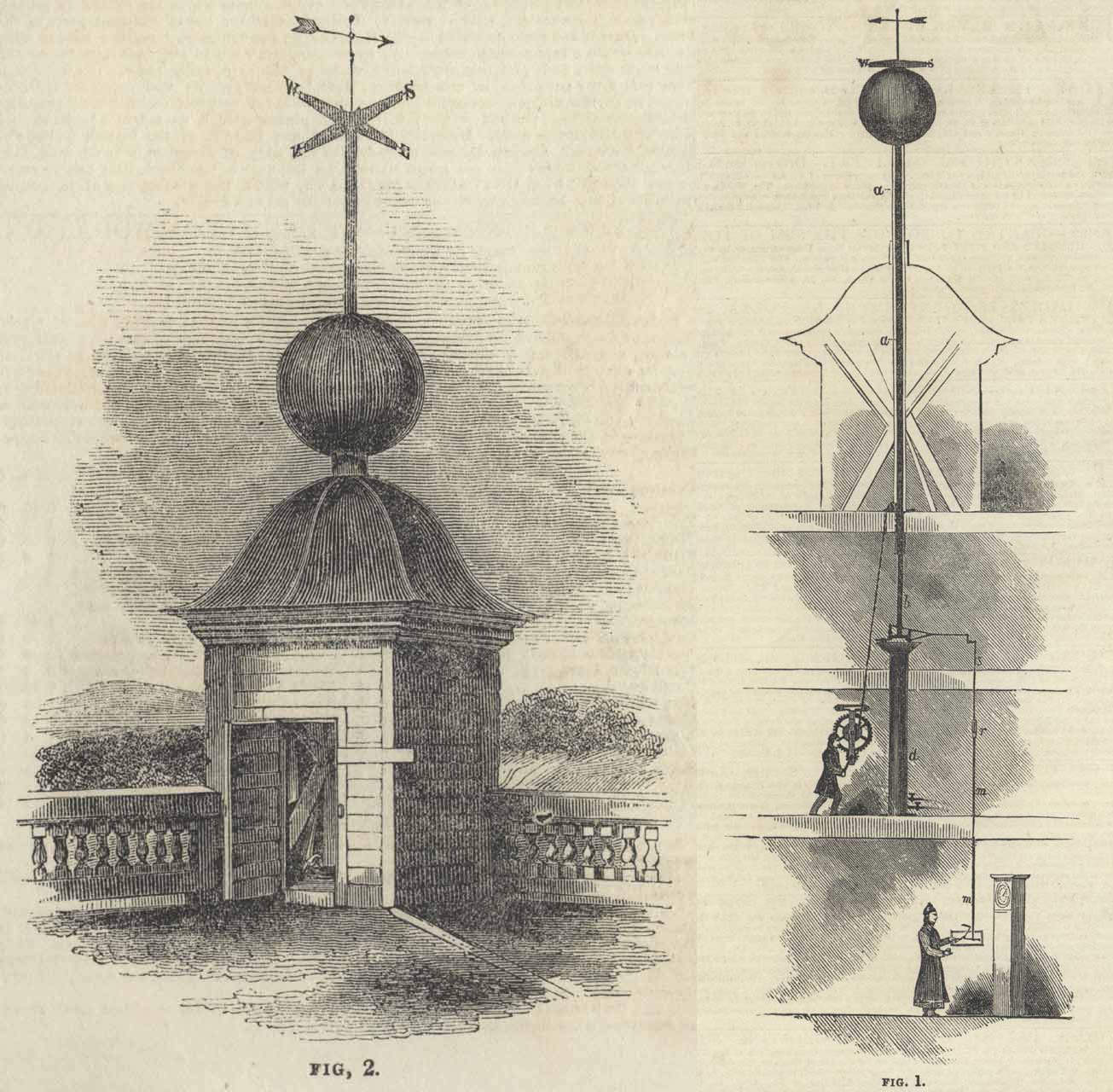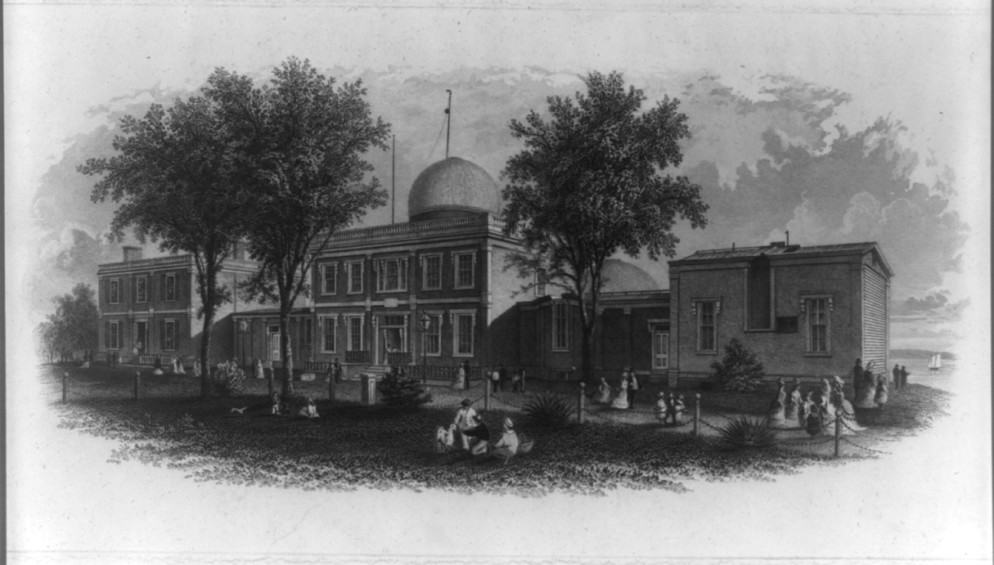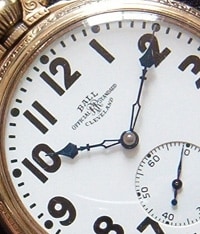Every year, millions of people tune in–or they actually make their way down to–the New Year’s ball drop at Times Square. It has been a New York tradition–nay, an American one–since the early 20th century, with revelers taking to the streets as early as 1904 to usher in the new year, and the first ball drop taking place just three years later in 1907. But the actual history of these “time balls” goes back even further, with their use going well beyond mere ceremony and celebration. In fact, unknown to most, time balls are a fascinating footnote in the longstanding tradition of public timekeeping. With New Year’s Day having just passed, we thought it would be interesting to take a closer look at these unique timekeepers.
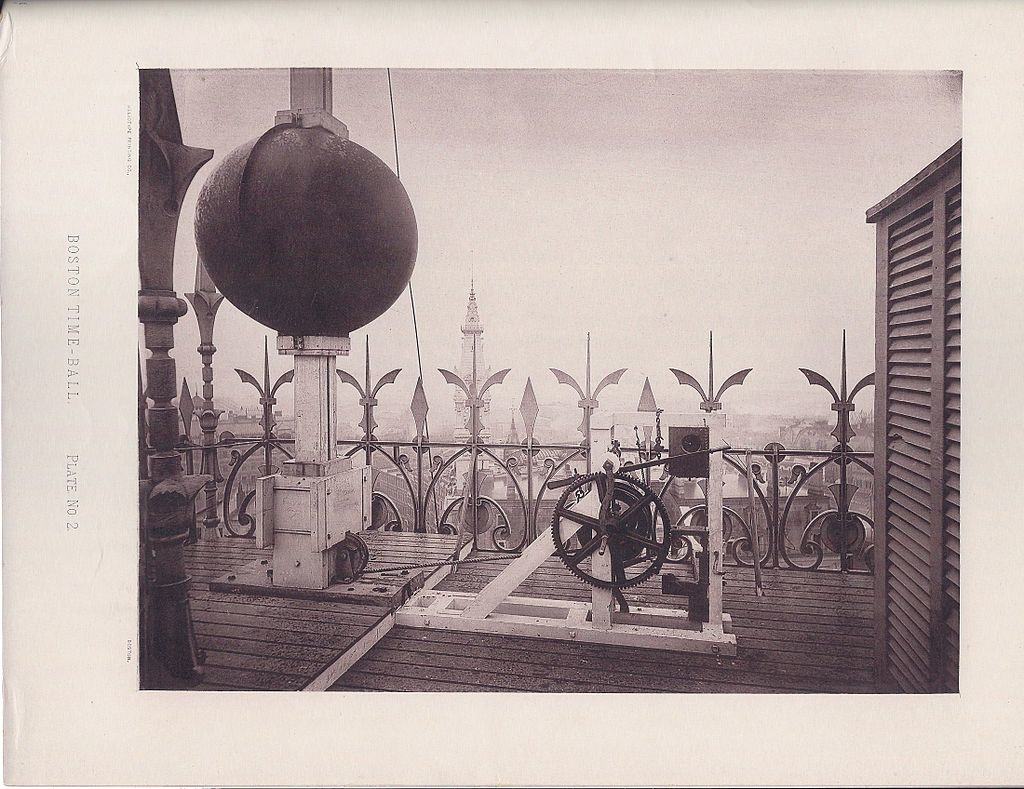
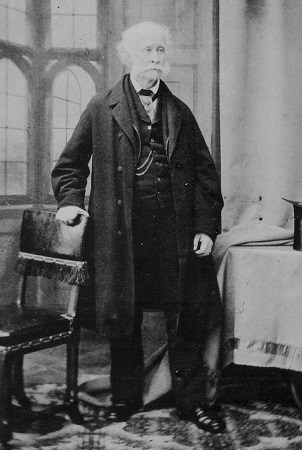
The first time balls were the brainchild of Royal Navy Captain Robert Wauchope. Remember, timekeeping was critical to seafaring, and before the advent of Harrison’s brilliant marine chronometer, accurate timekeeping was a huge problem. But even with the existence of chronometers, there were critical issues. These delicate devices would need periodic calibration, and doing so was often not a simple task, with sailors having to take them ashore to be properly synced. Wauchope’s idea offered a very simple solution. He proposed some sort of signal—positioned at a coastal naval observatory and large enough to be seen by sailors watching abroad their ships—that would indicate the exact time of day, every day. And thus, the first time ball was born in 1829, built in England’s Portsmouth harbor. A second was erected in 1833 at the Royal Observatory in Greenwich. These early time balls were by no means ornate, often simply made of painted wood or metal and attached to a mast. By 1844, there were 11 such time balls around the world.









 Featured Videos
Featured Videos





